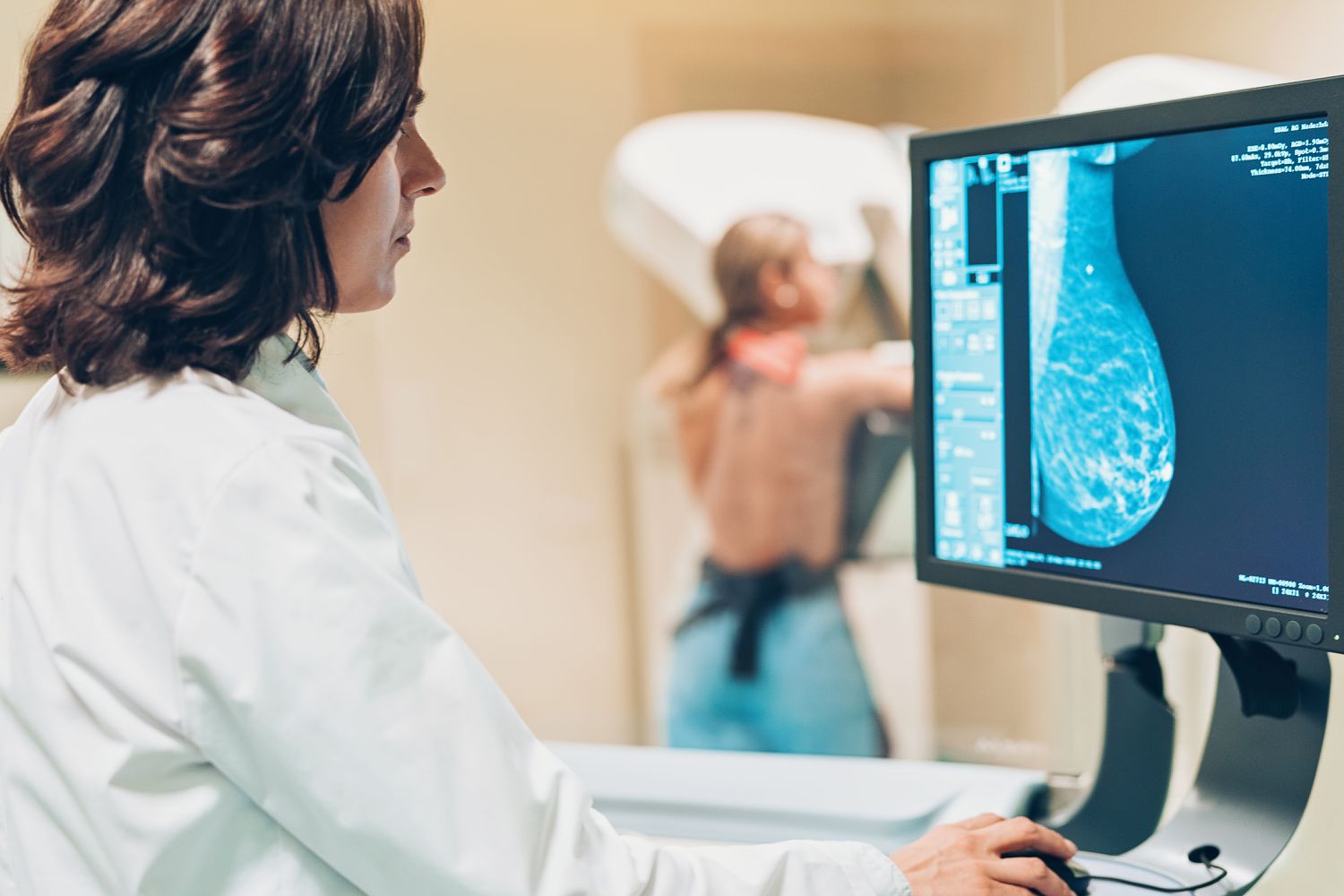Revised: U.S. Health Panel Urges Women to Start Routine Mammograms at Age 40

The U.S. Preventive Services Task Force (USPSTF) has proposed that all women and people assigned female at birth should begin getting regular mammograms at age 40, 10 years earlier than the current recommendations that breast cancer screening begin at age 50. In draft recommendations, the USPSTF urged a move to regular biennial mammograms at age 40 for all women and people assigned female at birth of average risk, a change which may be particularly significant in the context of racial disparities in breast cancer. Black women have a 40% higher death rate from breast cancer compared to white women, despite lower incidence rates. The USPSTF called for more research to address and remedy breast cancer health disparities and more information on screening for older women and those with dense breasts.
Current USPSTF guidelines recommend that all women at average risk of breast cancer begin getting mammograms at age 50. Under the current guidelines, women ages 40 to 49 are advised to make an individual decision with their doctor about when to start mammography. The guidelines also recommend women with a family history of breast cancer may benefit more than average-risk women from beginning screening in their 40s. The new draft recommendations lower the age to 40.
The recommendations came as new evidence in national databases suggested a greater incidence of breast cancer diagnoses for women ages 40 to 49 since 2015. Compared to the current biennial mammogram recommendations for women ages 50 to 74, lowering screening age to 40 could prevent an additional 1.3 breast cancer deaths per 1,000 women, with the impact potentially higher for Black women. The adoption of the revised recommendations is expected to increase the prevention of breast cancer deaths by 19% for all women and up to 24% for Black women, whilst acknowledging that more research is needed to address higher mortality rates and poorer health outcomes of Black women diagnosed with breast cancer.
\nThough the impact of screening earlier should help save women’s lives from breast cancer mortality, there are still a number of questions about breast cancer screening.
For one, the USPSTF recommends that women get mammograms once every other year, whereas other groups advocate for annual screenings.
But according to Dr. Nicholson, there isn’t yet any compelling data that shows that annual is more beneficial than biennial screening. Though there’s more opportunity to catch cancer, there’s also a higher risk of false positives and unnecessary treatment, she said.
The USPSTF also said in its statement that more information is needed about breast cancer screening for women with dense breasts and women over 75.
People with more dense breast tissue are at a higher risk of developing breast cancer, and mammograms are less effective screening methods for them. The USPSTF just didn’t have enough evidence to make a firm recommendation at this time, Dr. Nicholson said, but it’s possible that women with dense breasts may need mammograms in addition to other screening tests, such as an MRI or ultrasound.
Also, the USPSTF recommends that women over the age of 75 do not need to get screened for breast cancer, because there’s insufficient evidence as to the possible harm and benefits for this older population, Dr. Nicholson said. In Dr. Bevers’ opinion, however, women through the age of 79 should be getting screened.
For these two areas, as well as for people who might have an elevated risk of breast cancer due to genetic or other factors, it’s always best to speak with a healthcare provider about when to start and stop breast cancer screening, Dr. Nicholson added.
“Mammograms save lives,” she said. “We’ve known that for decades now, but [it’s] worth repeating today.”




